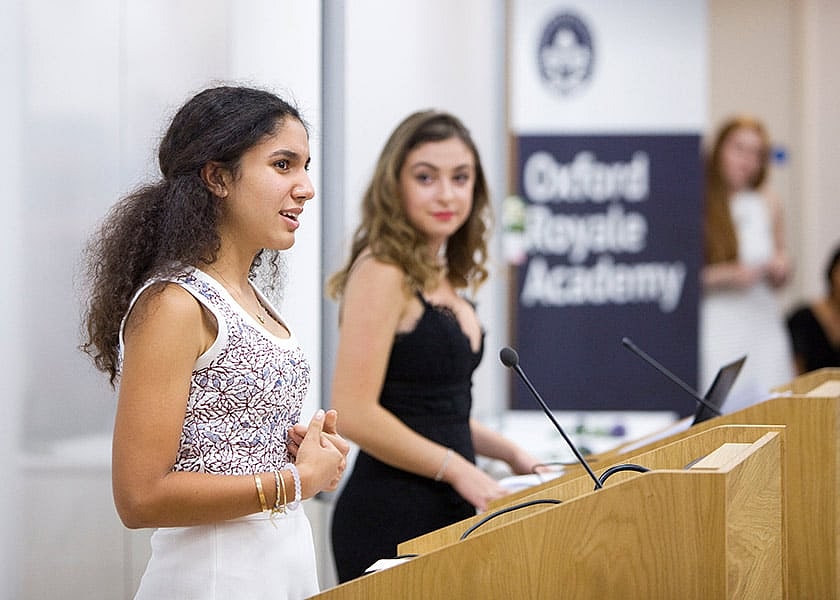Happening History workshops at ORA this summer
ORA are delighted to announce that this year we will be joined by Happening History for a series of exciting and informative historical workshops. About as far as it’s possible to get from a dry lecture, the workshops are fully interactive; students will get the chance to see, touch and smell life in the past.
For students aged 13-15 years:
Medieval Surgery and Medicine

Students will learn about medieval medical ideas – such as the theory of the humours and the belief in the value of bloodletting – and the practices that resulted from them. They will also learn about medieval surgical practice, at a time when most surgeons weren’t doctors, but barbers! Students can, if they feel brave, meet live blood-sucking leeches and find out how they were used.
Medieval Europe was a particularly fascinating time for medicine; most medical theory was still based on the writings of Greek and Roman authors. Only a few translated works (such as the Canon of Avicenna, right) allowed access to the much more advanced medical science of Islamic countries, making medieval European medicine a gory and gripping area to explore.
World War II

This fascinating workshop explores daily life on the Home Front in Britain during World War II, from wartime crime to the strict rules of food rationing – which only ended in 1954, nine years after victory was declared. Students can find out how war affected everyone, no matter how far they were from the fighting, and what ordinary people were able to do to help the war effort.
Life on the Home Front was affected by the war in all kinds of surprising ways. With resources in such short supply, it became a crime, for instance, to throw away a bus ticket – it wasted paper! Children were told to save milk bottle tops in order that the metal could be used to make Spitfires. This workshop brings home the extent to which WWII really was a total war, forcing every member of the population to change their lifestyle and make sacrifices.
For students aged 16-18 years:
Medieval and 18th Century Crime and Punishment

With workshops covering two separate periods of history, students will be able to examine how crime and punishment has evolved from medieval times to the 18th century. This is sure to be of particular interest to students on our Law School Preparation course, but the interactive elements of both workshops – including replica punishment items such as stocks, a scold’s bridle and thumbscrews – are sure to hold everyone’s attention!
Particularly interesting is the opportunity this gives students to compare and contrast the two different systems of crime and punishment – as well as comparing them to how we treat crime and punishment in the modern day! Were 18th century media storms over sensationalised crimes, leading to a huge increase in the number of crimes punishable by death, any more representative of true justice than medieval trial by ordeal? This is sure to spark some great discussions and debates.
Fascinated by history and longing to learn more? Browse our courses now ➙

